The Catalan canelons are a dish that, despite seeming like quite a normal lasagna-type of thing, bring a big slice of Catalonia‘s history on the side. Therefore, this traditional recipe deserves a post of its own – read on and discover why this dish is worth tasting and appreciating!
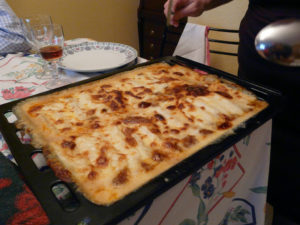


Canelons were a fashionable dish that was considered too difficult and time-consuming for homemakers, and at the time, they were pre-ordered instead of made at home. The restaurant then made the pasta, stuffed it and coated it with bechamel.
So ladies who wanted to cook canelons, or who wanted their cooks to do that, had to take an advanced class on the subject. This type of course was offered between 1924 and 1931 in the feminist Institut i Biblioteca Popular de Cultura de la Dona. The activity was actually linked to the improving the status of women in the society since it was an effort to add to women’s competence.
Regarding the rise of factory-made pasta, in the beginning of the twentieth-century canelons were imported from a French firm, La Poule (the chicken). They were valued so highly that they apparently arrived separated by pink paper! Very different from the supermarket pasta our of modern times – Catalan canelons of the past were a precious commodity held in high regard.
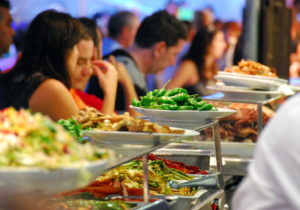


Since the 20’s canelons have been a popular choice for the 26th of December, and they have their solid place on the table in countless local families. They have come to replace an earlier St Stephen’s Day‘s rice dish that was made from leftovers from the Christmas soup.
Catalan canelons reached their status as a household favourite across all social classes in the 50’s or 60’s, and now you can find and enjoy this dish practically anywhere. Fancy or modest, this pasta creation firmly holds its place as a cultural favourite in Catalonia – try and find out for yourself!









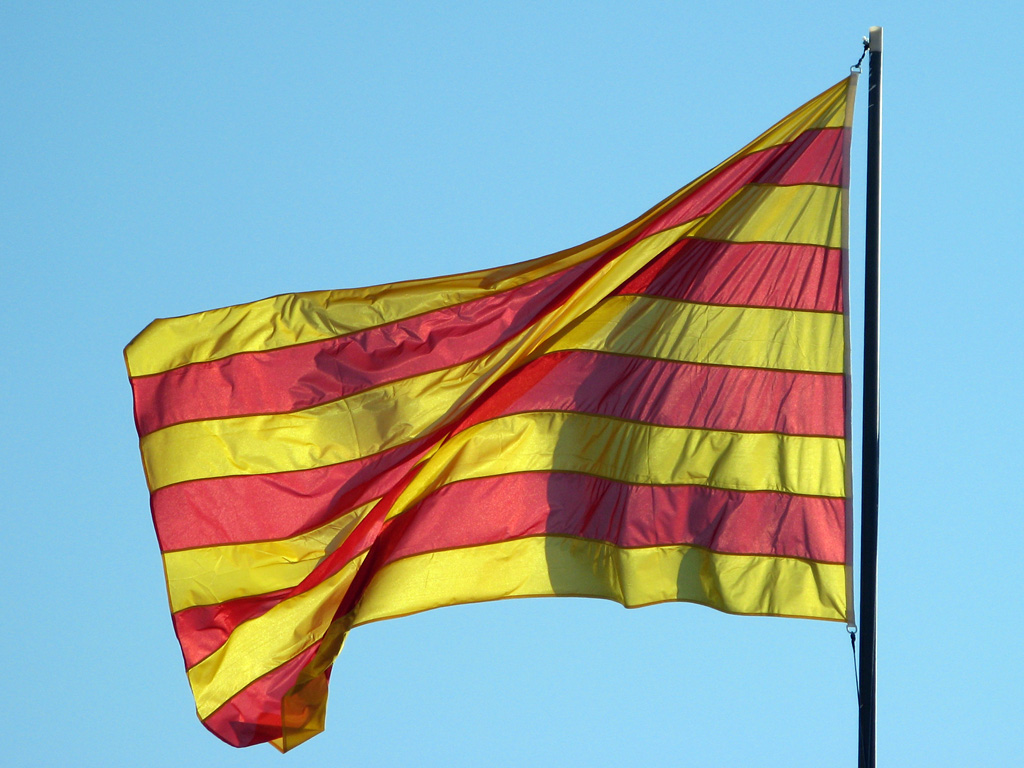
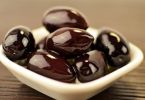

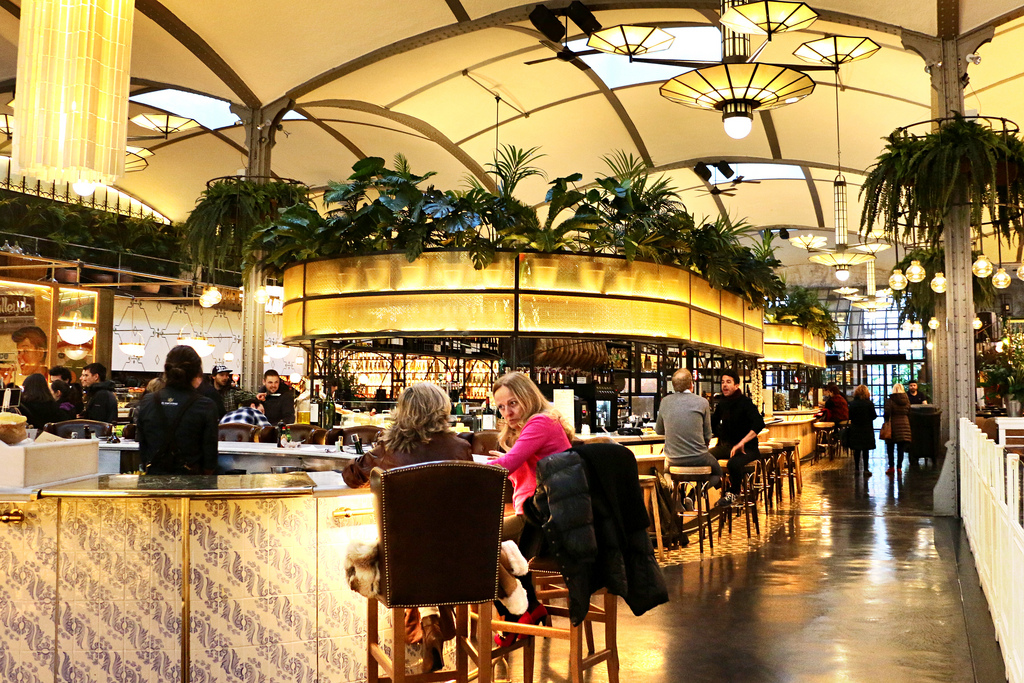

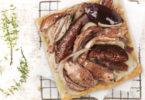
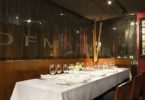


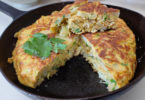


At the end you write “… enjoy this fish…? What fish?
Thank you, Jen,
We have corrected “fish” for “dish”.